Why you need a graphics designer for your business
February 14, 2023Logo design is an essential part of any brand‘s visual identity. It’s the face of the brand that the customers recognize, and it’s the first impression that the brand makes on potential customers. A well-designed logo can communicate the brand’s values, personality, and mission in an instant. In this post, we’ll explore the principles of logo design, the types of logos, and the steps involved in creating a logo.

Principles of Logo Design The principles of logo design are the guidelines that designers follow to create a memorable, effective, and timeless logo. Here are some key principles of logo design:
- Simplicity: A simple logo is easy to recognize, memorable, and timeless. A logo that’s too complex or cluttered can be difficult to remember and can quickly become outdated.
- Versatility: A good logo should be versatile enough to work across different media, including digital and print. The logo should be easy to resize and should work in black and white, as well as in color.
- Relevance: The logo should accurately reflect the brand’s values, personality, and mission. It should communicate the brand’s unique selling proposition and differentiate it from competitors.
- Memorability: A memorable logo is easy to recognize and recall. It should be unique and distinct, and it should leave a lasting impression on the viewer.
Types of Logos There are several types of logos, including wordmarks, lettermarks, pictorial marks, abstract marks, and combination marks. Here’s a brief overview of each type:
- Wordmarks: Wordmarks are logos that consist of the brand’s name in a specific font. Examples of wordmarks include Coca-Cola, Google, and FedEx.

- Lettermarks: Lettermarks are logos that use the brand’s initials in a specific font. Examples of lettermarks include IBM, NASA, and HBO.

- Pictorial Marks: Pictorial marks are logos that use a specific image or icon to represent the brand. Examples of pictorial marks include Apple, Twitter, and Nike.

- Abstract Marks: Abstract marks are logos that use an abstract shape or design to represent the brand. Examples of abstract marks include Pepsi, Adidas, and Mitsubishi.
- Combination Marks: Combination marks are logos that combine a wordmark or lettermark with a pictorial or abstract mark. Examples of combination marks include Burger King, Lacoste, and Mastercard
Steps Involved in Creating a Logo Here are the typical steps involved in creating a logo:
- Research and Discovery: The first step is to research the brand, its values, target audience, industry, and competitors. This information will inform the design of the logo.
- Concept Development: The next step is to start brainstorming ideas for the logo. This can involve sketching out various concepts, playing with typography and iconography, and exploring different color schemes.
- Design and Refinement: Once the initial concepts are developed, the design process moves into creating refined versions of the logo. This stage involves working in design software to create the logo in digital format, refining typography, adjusting colors, and testing the logo across various media.
- Presentation: Once the refined designs are in place, the designer presents them to the client. This stage may include presenting multiple variations of the logo to provide the client with a range of options.
- Finalization: After taking feedback into account, the final version of the logo is created. This stage involves ensuring that all the details are in place, such as the color and typography.
- Brand Guidelines: The final stage of the logo design process is to create a brand guideline. This document outlines the rules for using the logo, including specific guidelines for color,


